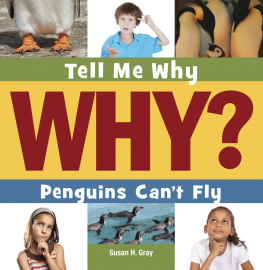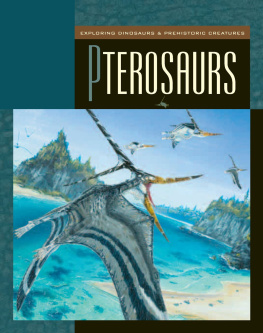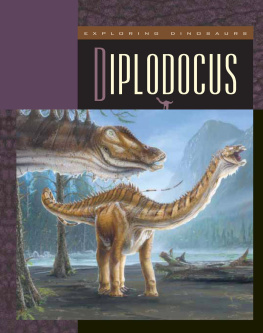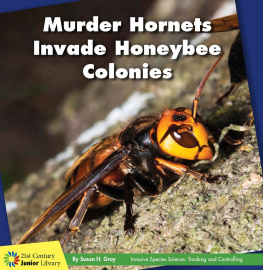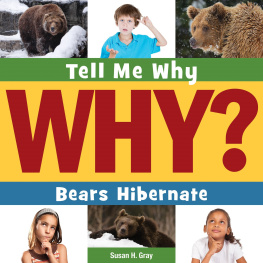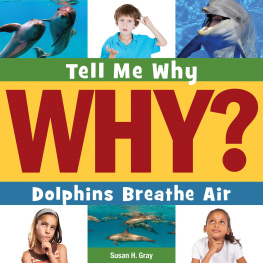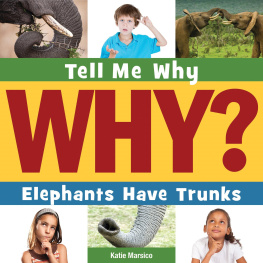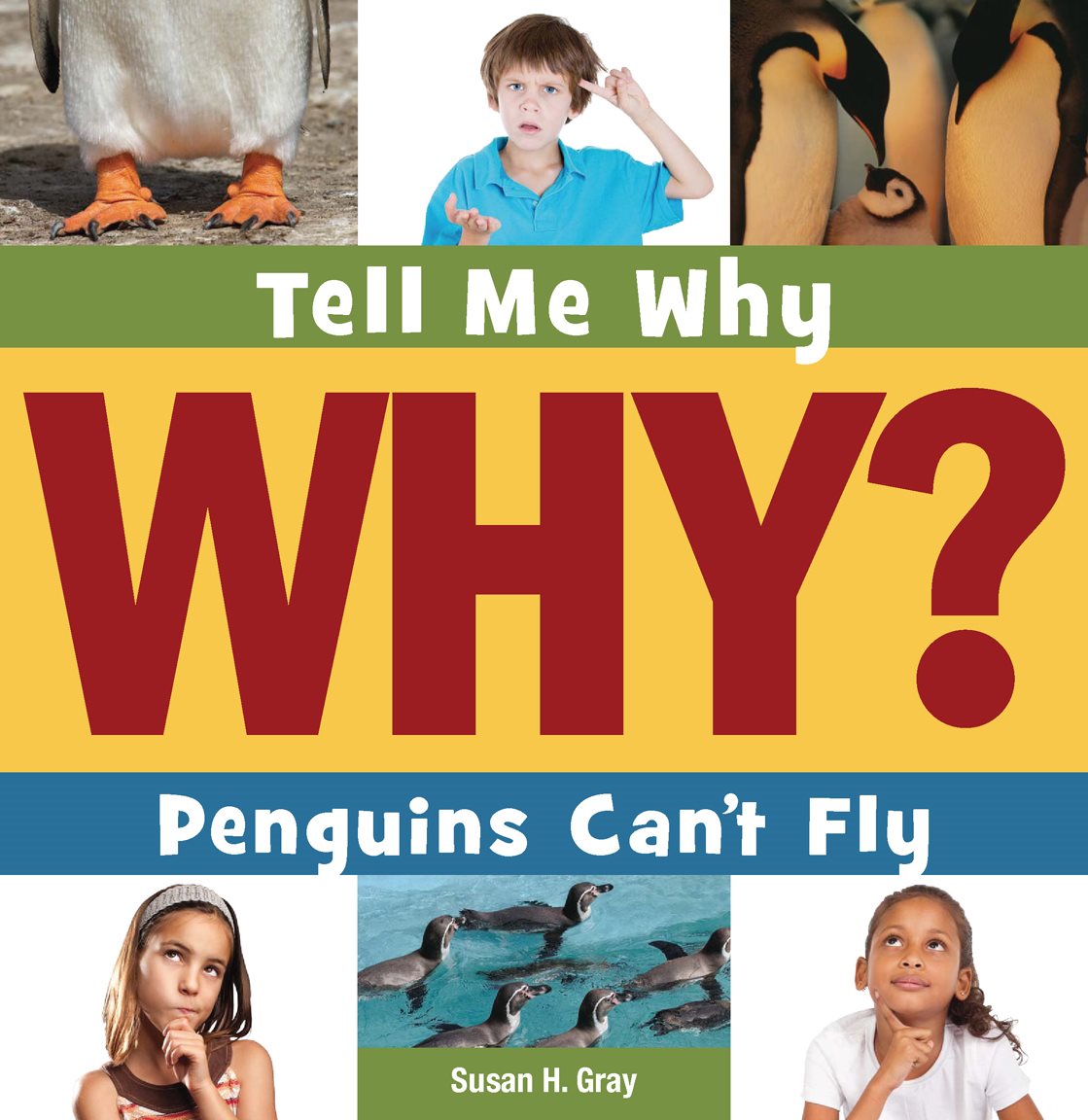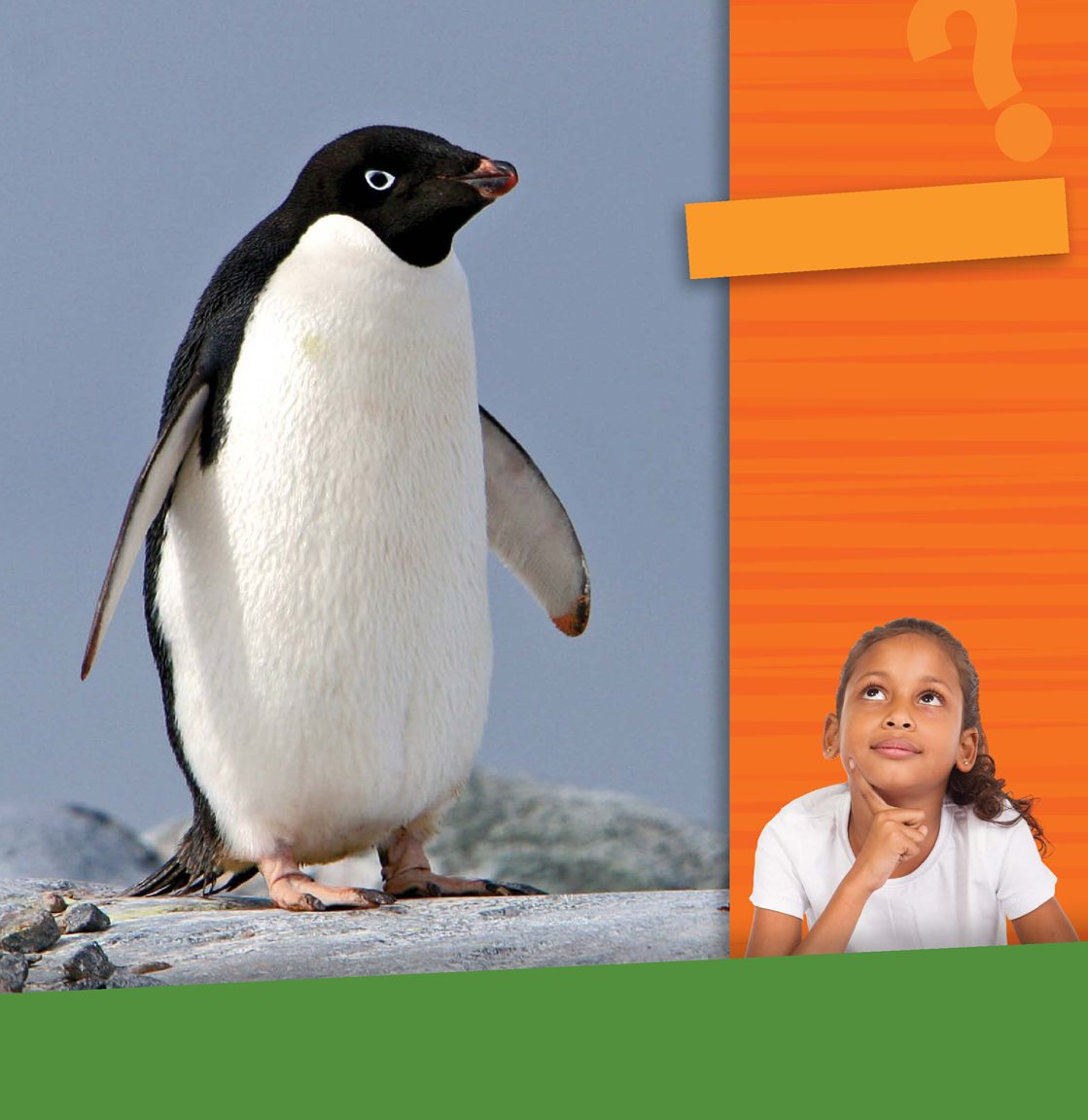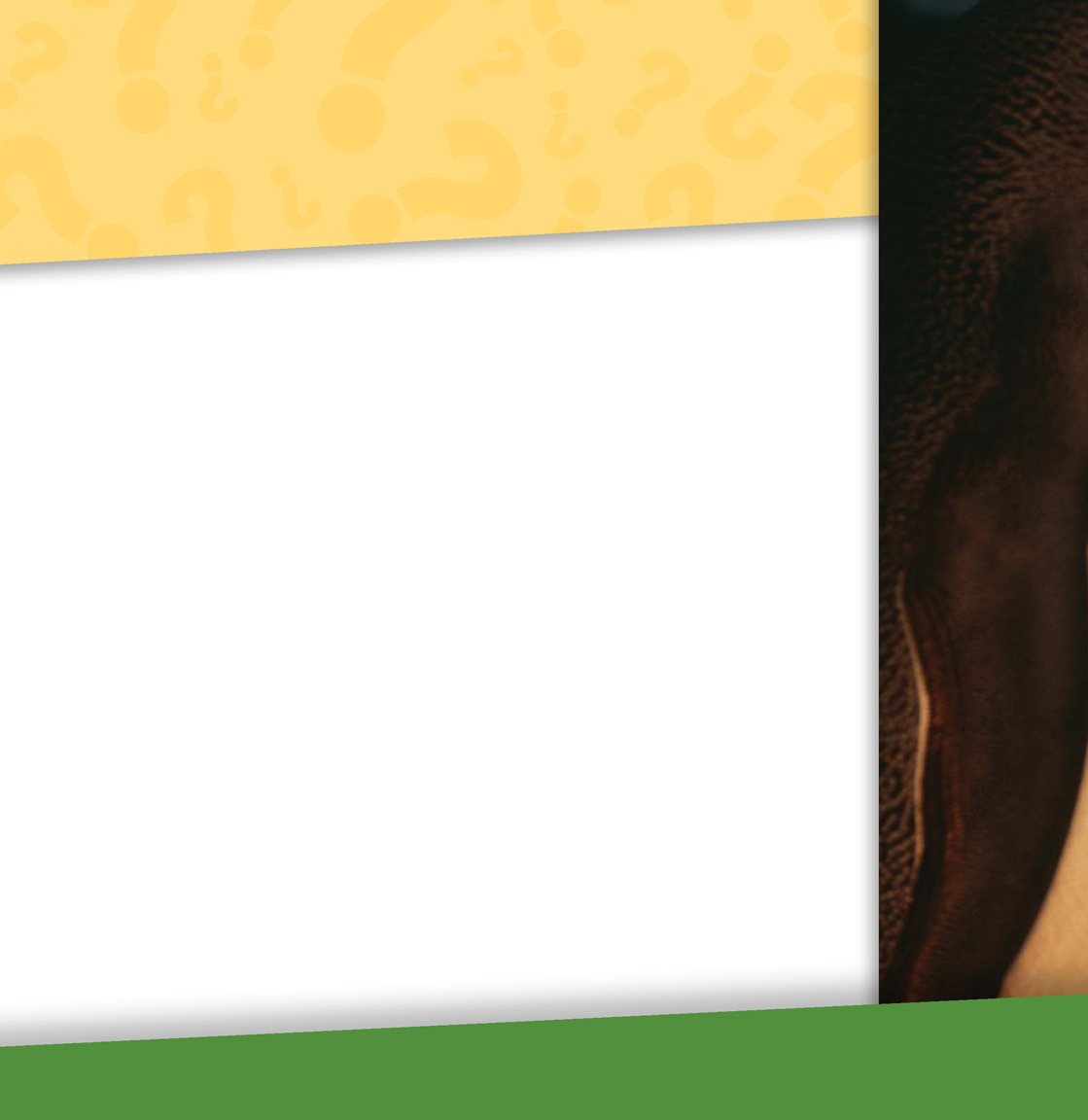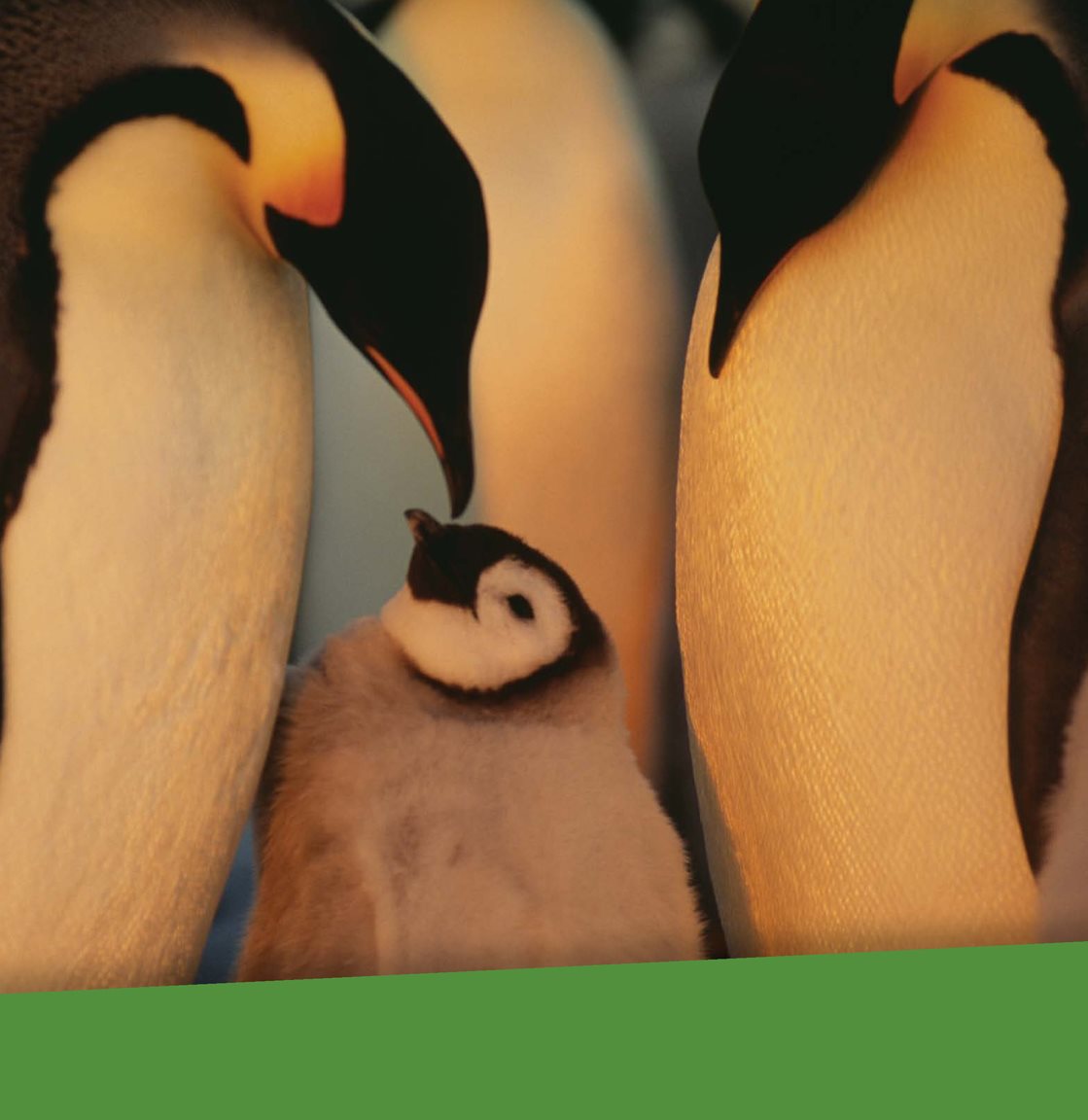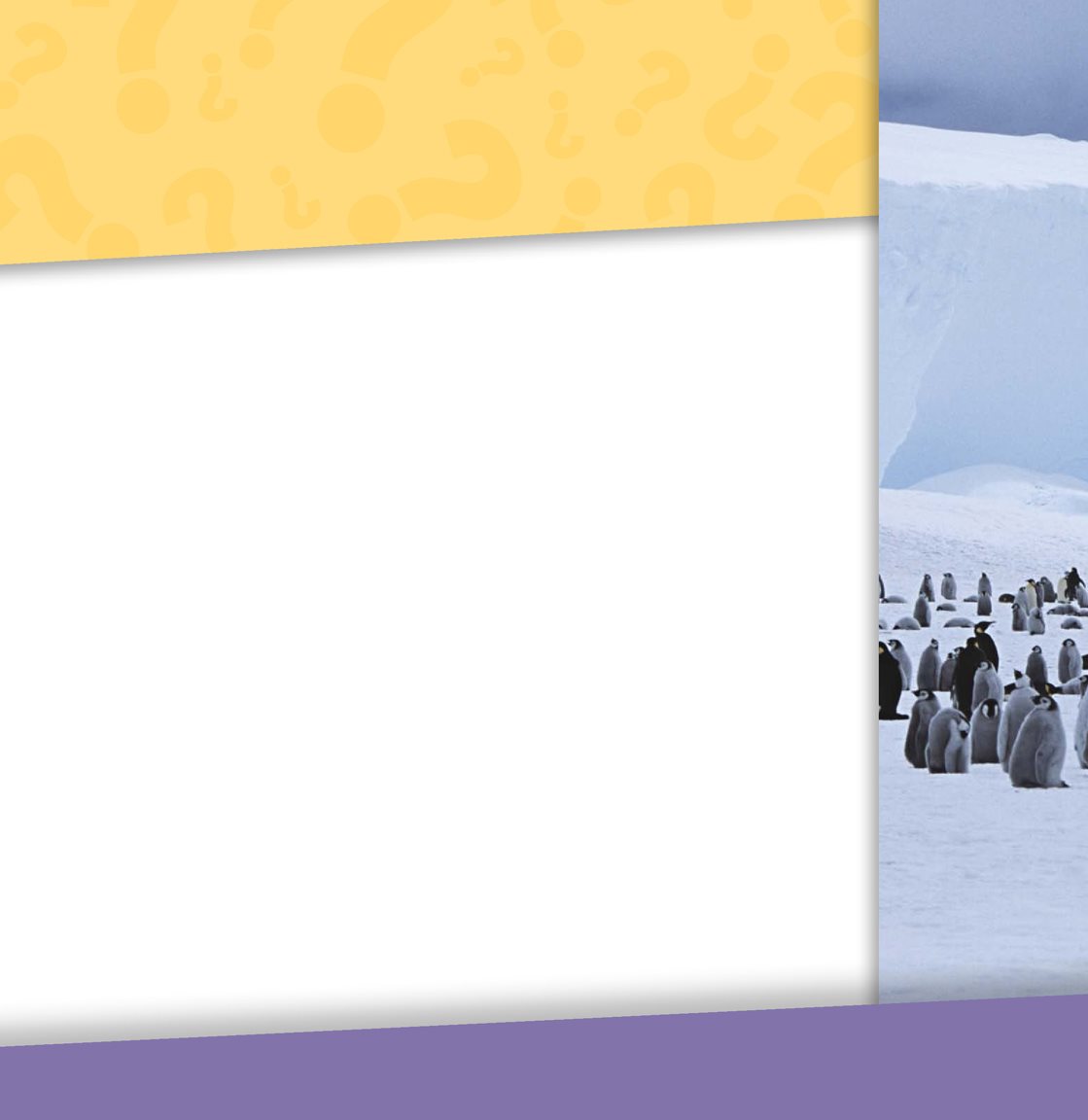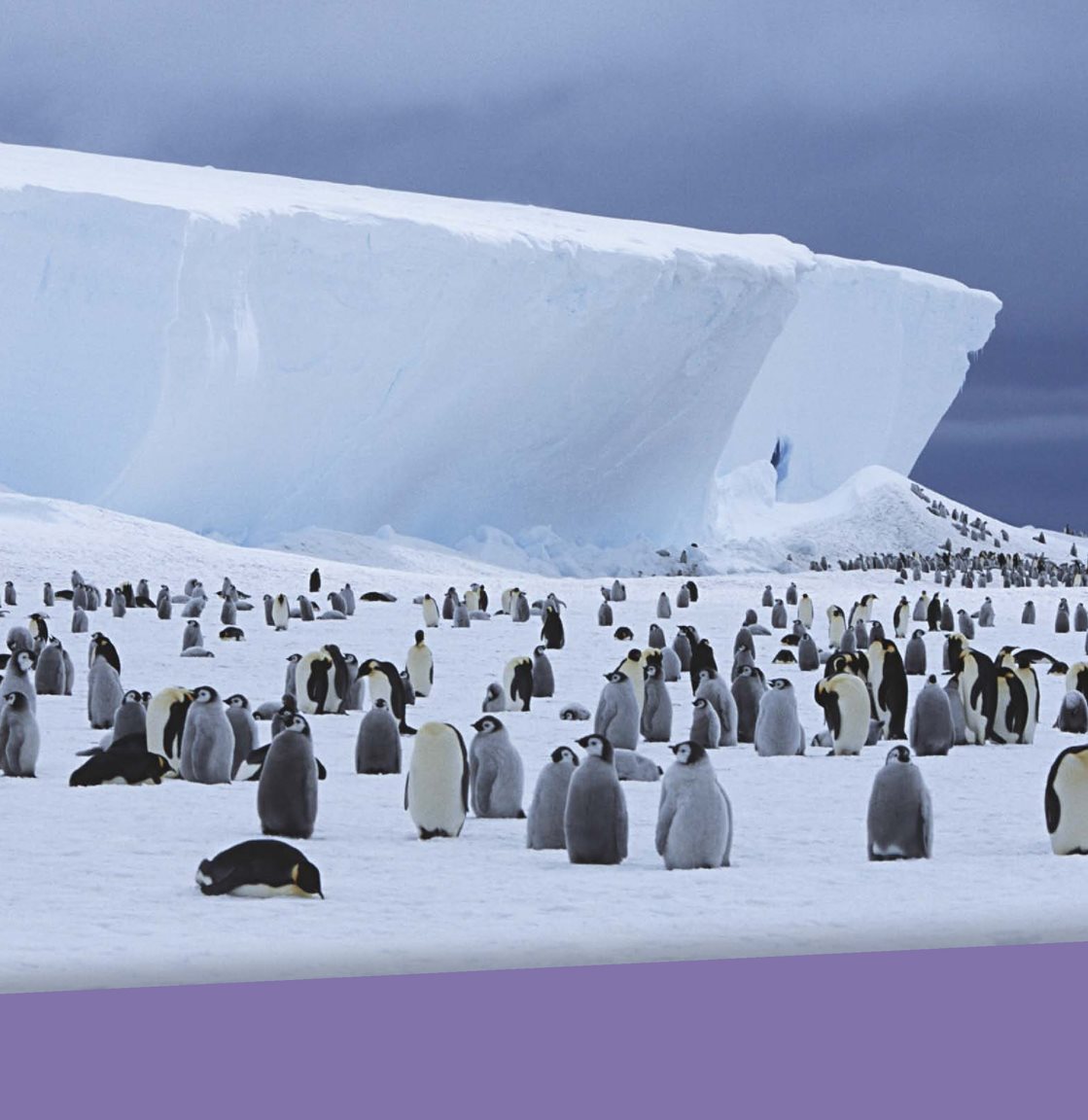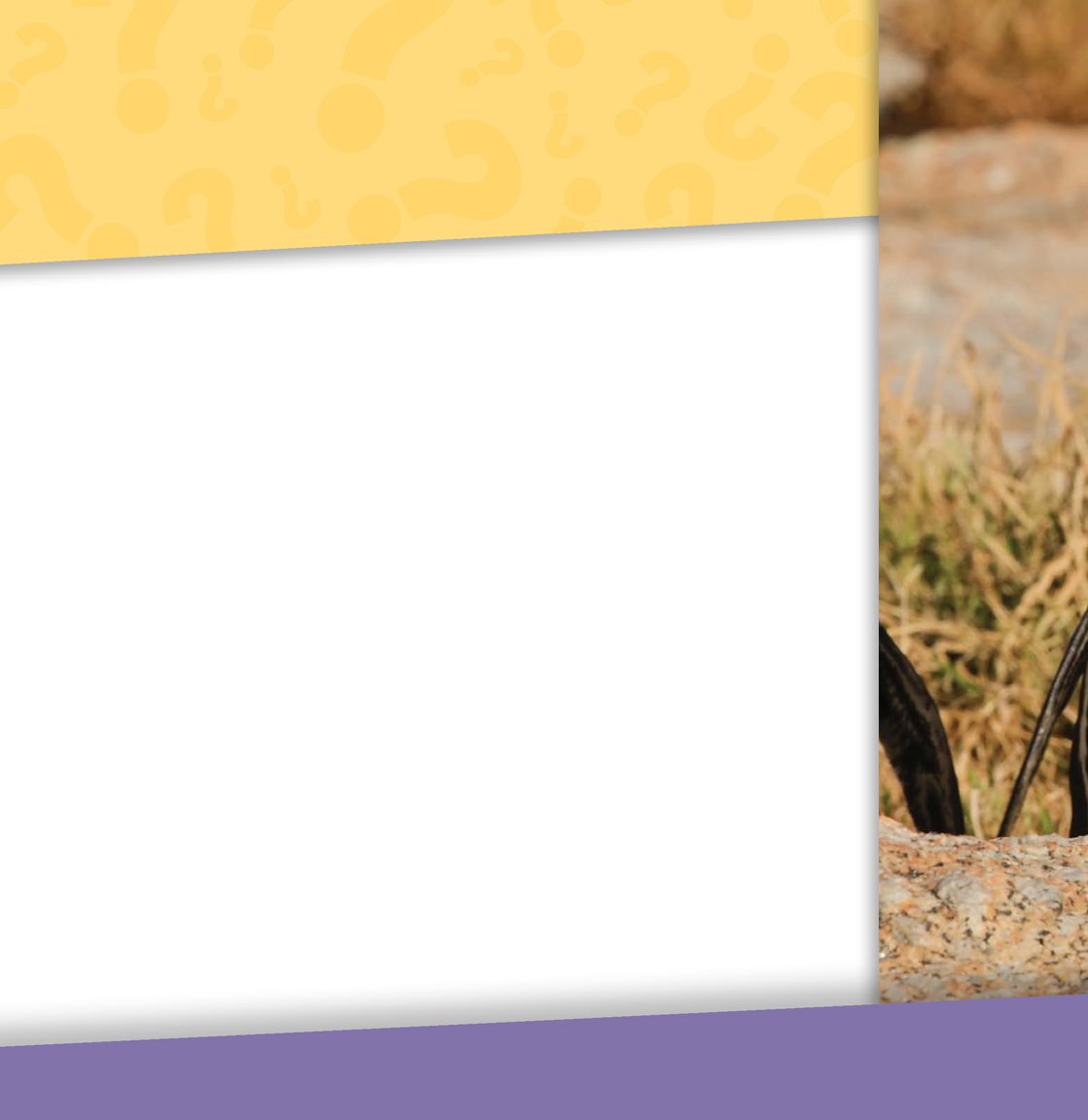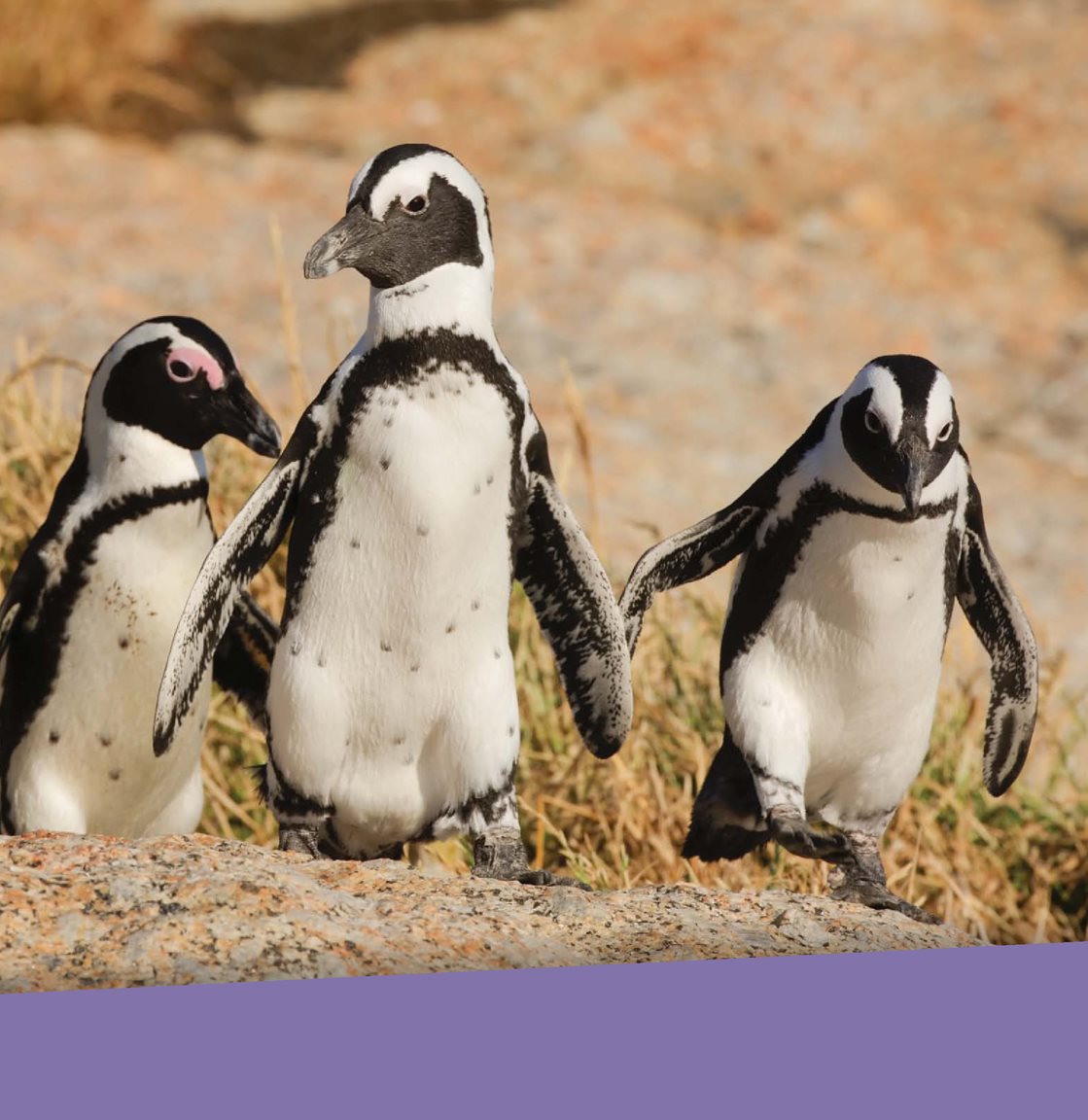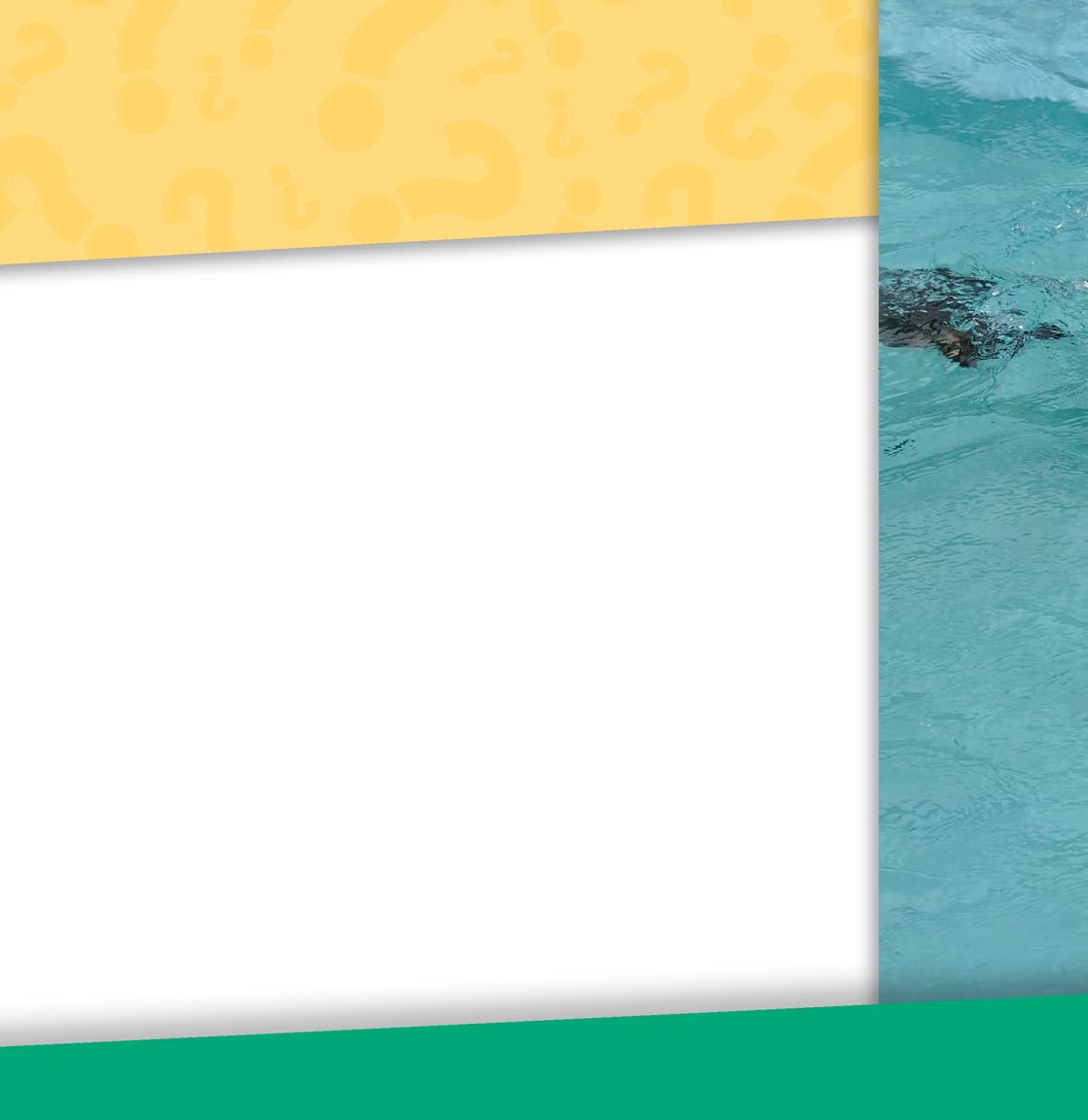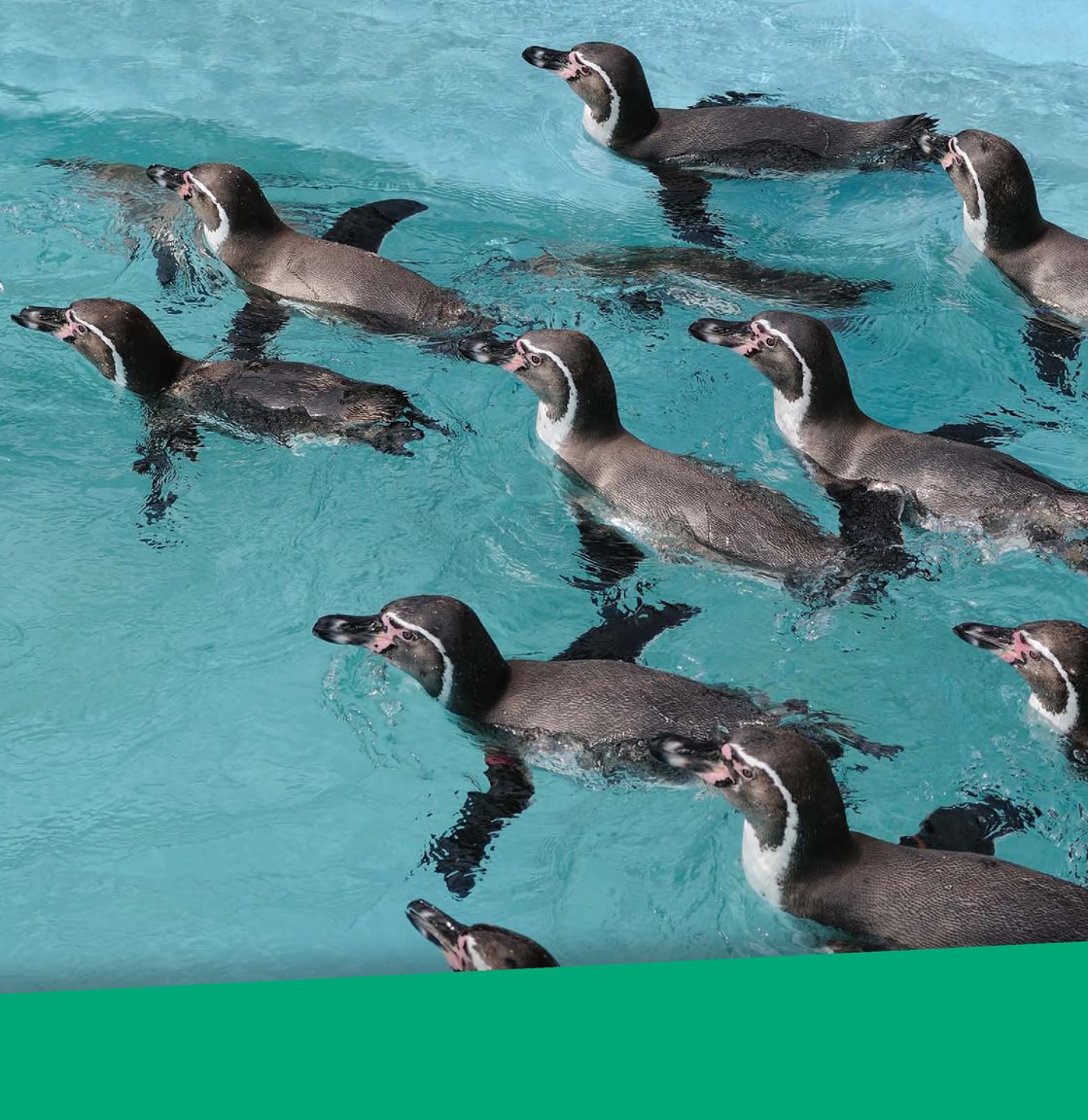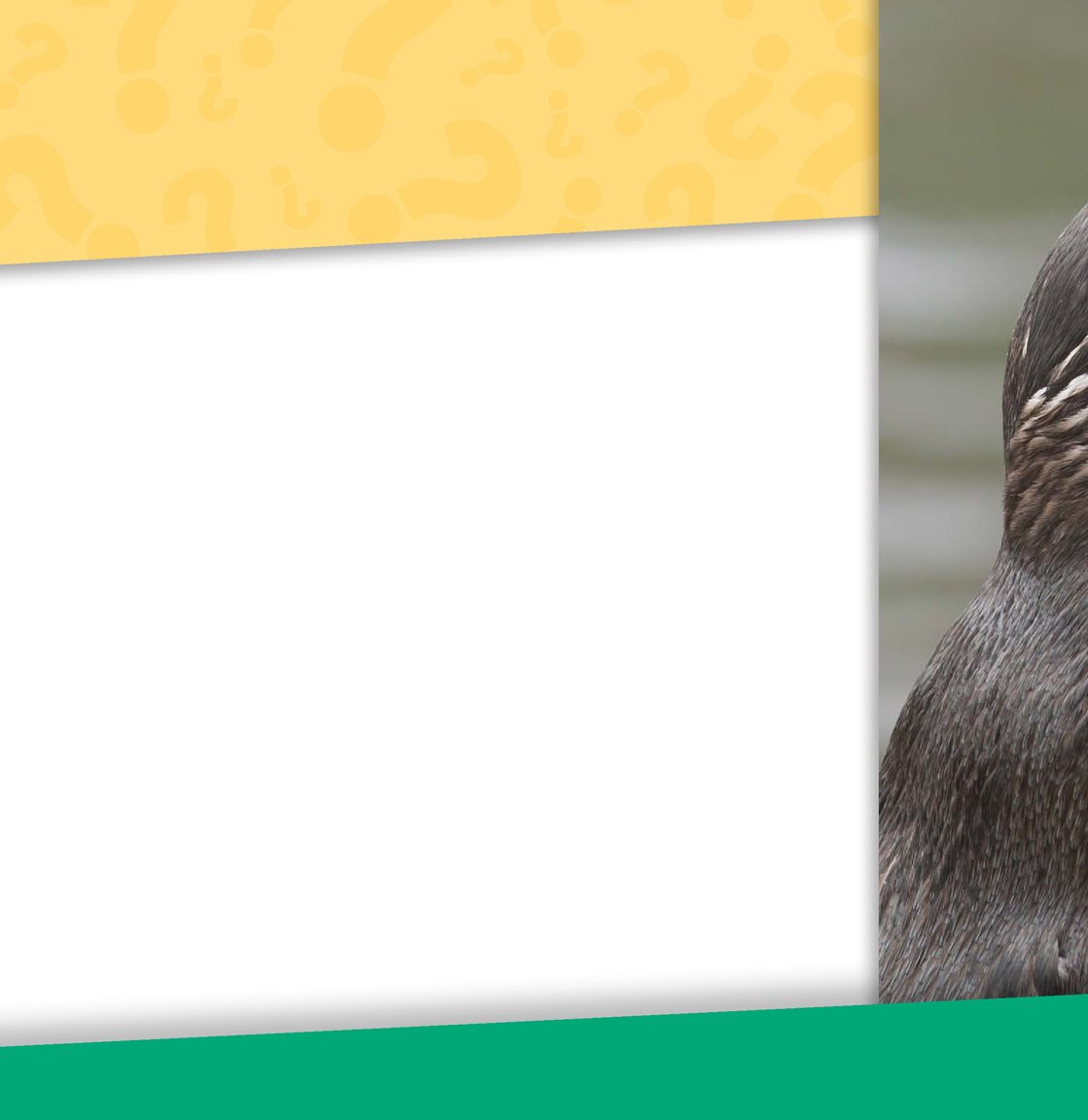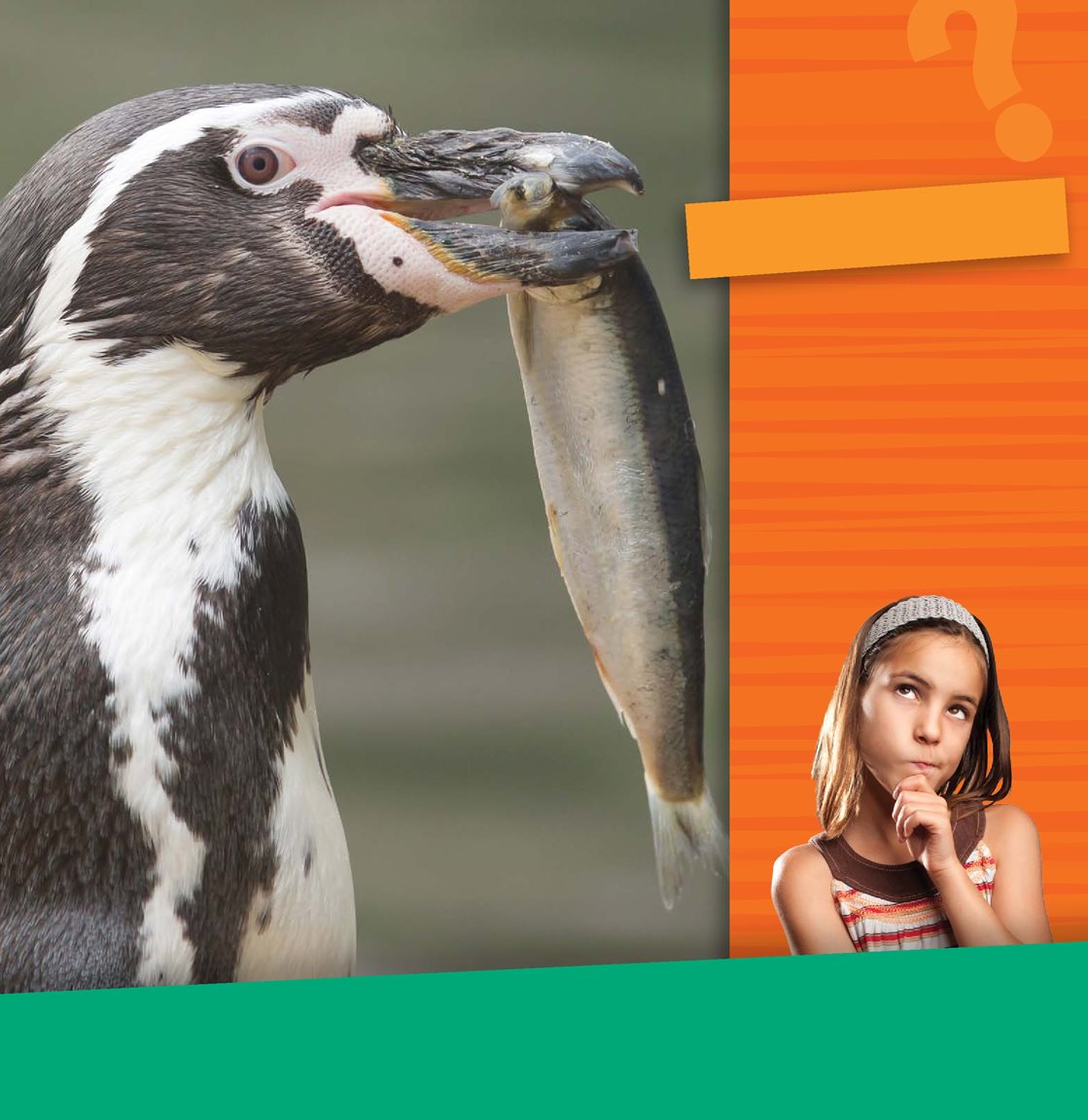Table of Contents
Guide
Published in the United States of America by Cherry Lake Publishing
Ann Arbor, Michigan
www.cherrylakepublishing.com
Content Adviser: Dr. Stephen S. Ditchkoff, Professor of Wildlife Ecology,
Auburn University, Auburn, Alabama
Reading Adviser: Marla Conn, ReadAbility, Inc.
Photo Credits: PathDoc/Shutterstock, cover, 1, 21; xavier gallego morell/Shutterstock, cover, 1, 15;
michaeljung/Shutterstock, cover, 1, 5, back cover; Fredy Thuerig/Shutterstock, cover, 1, 17; BMJ/
Shutterstock, cover, 1, 7; TOMO/Shutterstock, cover, 1, 13; Kevin Lings/Shutterstock Images, 5;
bikeriderlondon/Shutterstock Images, 9; Bildagentur Zoonar GmbH/Shutterstock Images, 11;
Micha Klootwijk/Shutterstock Images, 15; John Carnemolla/Shutterstock Images, 19; Anton_
Ivanov/Shutterstock Images, 21
Copyright 2015 by Cherry Lake Publishing
All rights reserved. No part of this book may be reproduced or utilized in
any form or by any means without written permission from the publisher.
Library of Congress Cataloging-in-Publication Data
Gray, Susan Heinrichs, author.
Penguins cant fly / by Susan H. Gray.
pages cm. -- (Tell me why)
Summary: Offers answers to their most compelling questions about that
flightless bird. Age-appropriate explanations and appealing photos.
Additional text features help students locate information and learn new
words.-- Provided by publisher.
Audience: K to grade 3.
Includes bibliographical references and index.
ISBN 978-1-63188-010-0 (hardcover) -- ISBN 978-1-63188-053-7 (pbk.) -
ISBN 978-1-63188-096-4 (pdf) -- ISBN 978-1-63188-139-8 (ebook) 1.
Penguins--Juvenile literature. I. Title.
QL696.S47G73 2015 598.47--dc23
ISBN-13: 978-1-68444-476-2 (e-book)
2014005726
Cherry Lake Publishing would like to acknowledge the work of The Partnership for 21st Century Skills.
Please visit www.21stcenturyskills.org for more information.
Printed in the United States of America
Corporate Graphics Inc.
July 2014
Synchred Read-Along Version by:
Triangle Interactive LLC
PO Box 573
Prior Lake, MN 55372
Table of Contents
Walking, Walking
Michael plopped down on the couch and
grabbed the remote control. He turned on the
TV and clicked from channel to channel.
Suddenly he stopped. There was a show about
penguins. Michael was hooked. He watched
the birds as they swam and caught fish. He
loved how they could slide on their bellies.
He saw how they walked for miles and miles.
Why do they keep walking? he wondered
aloud. Why dont they just fly?
Look!
Why would this
penguin have
trouble getting
off the ground?
Penguins are birds, but they dont fly.
Michael was asking some good
questions. He knew that penguins were
birds. He also knew that birds were
supposed to fly. Robins, cardinals, and
blue jays were always flying in and out of
his backyard. And geese flew in to visit
his grandfathers pond. So why couldnt
penguins fly like other birds? What was
their problem?
Emperor penguins are the largest of all penguins.
No Problem!
Penguins dont mind that they cannot fly.
They live on the ground. They dont need to
fly. They need their wings for something else.
Many penguins live in icy areas, near very
cold seas. Its too cold for most plants to grow.
So there are no seeds or berries for penguins
to eat. No earthworms live in the ice. So these
birds cant eat worms. But out in the sea, food
is everywhere. Penguins love to eat fish, krill ,
and squid.
Penguins find their food in the ocean.
Some penguins make their homes in
warmer areas. They live on islands or along
the seacoast. Either way, they are not far
from the ocean. And that means plenty of
food. Penguins need their wings to swim
after it.
These penguins live in a warm area along the seacoast.
Swimming Champs
In order to catch their food, penguins
have to swim. Their bodies are perfect for
this. They are smooth and rounded. They
are tapered at both ends. They easily
slide through water.
Penguins have tufts of soft down . The
down insulates the birds. It keeps them
warm in cold water. The feathers are
packed closely together. They are also a
little oily. These feathers keep cold water
away from the birds skin.
Penguins are excellent swimmers.
Before going underwater, penguins
quickly breathe in and out. Finally, they
take one deep breath and dive down. Most
species of penguins stay underwater for
less than seconds. But some penguins
can stay down for several minutes.
Penguins with long, thin bills are experts
at capturing fish to eat. Those with shorter
bills are great at catching krill. A penguins
tongue has barbs that point backward. These
barbs keep slippery prey from getting away.

